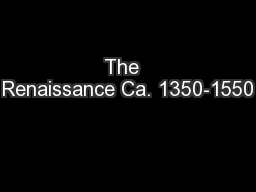PPT-France Renaissance Art in France
Author : karlyn-bohler | Published Date : 2018-02-20
A new phase of Italian influence in France began with the French invasions of the Italian peninsula that began in 1494 The most important royal patron was Francis
Presentation Embed Code
Download Presentation
Download Presentation The PPT/PDF document "France Renaissance Art in France" is the property of its rightful owner. Permission is granted to download and print the materials on this website for personal, non-commercial use only, and to display it on your personal computer provided you do not modify the materials and that you retain all copyright notices contained in the materials. By downloading content from our website, you accept the terms of this agreement.
France Renaissance Art in France: Transcript
Download Rules Of Document
"France Renaissance Art in France"The content belongs to its owner. You may download and print it for personal use, without modification, and keep all copyright notices. By downloading, you agree to these terms.
Related Documents

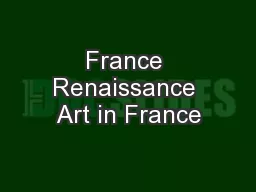
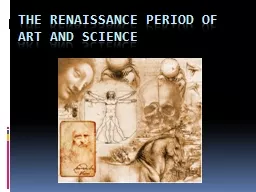

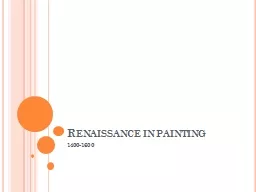
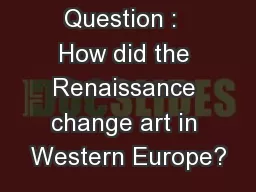
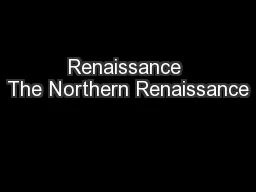
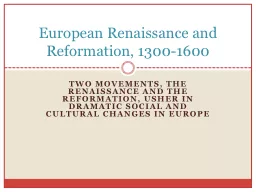
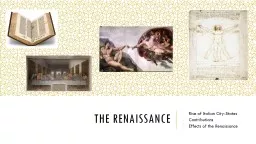
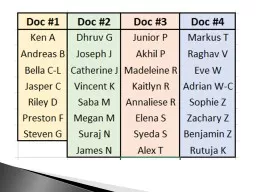
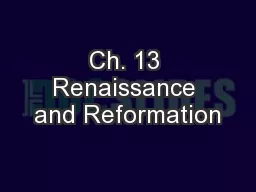
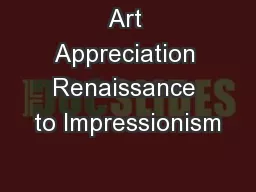
![Renaissance Italy http://www.kmkz.com/jonesj/gallery/renaissance italy[1].jpg](https://thumbs.docslides.com/717618/renaissance-italy-http-www-kmkz-com-jonesj-gallery-renaissance-italy-1-jpg.jpg)
